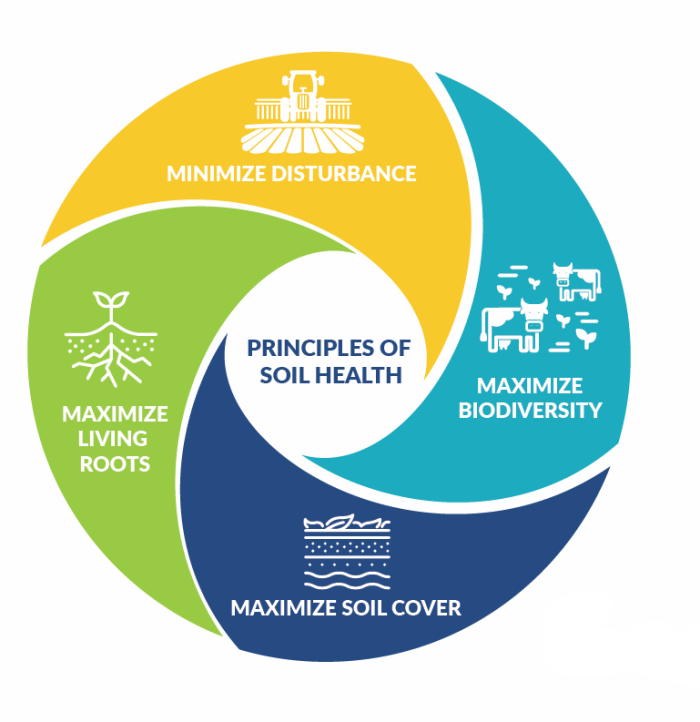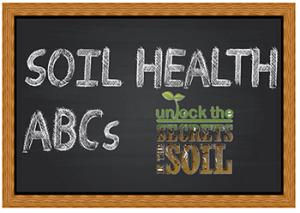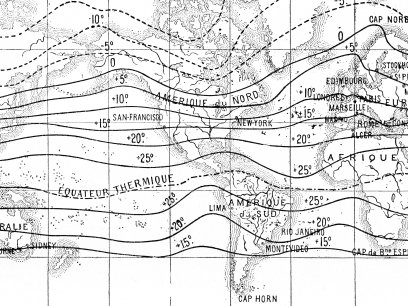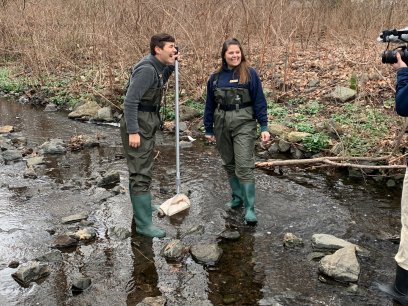
“The soil is the great connector of our lives, the source and destination of all.” - Wendell Berry
We all depend on soil for our food—and much, much more. While it may seem out of sight, out of mind, soil supports our homes, stores and distributes our water, and is home to even more life below the surface than exists above.
Soil health is defined as the continued capacity of soil to function as a vital living ecosystem that sustains plants, animals, and humans.
Can you describe how healthy soil looks and smells? Physical characteristics like texture, structure, and color are indicators of soil health. Soil structure is also important. When the solid parts of soil—sand, silt, and clay—cling together as coarse, granular aggregates, the soil has a good balance of solid parts and pore space. Healthy soils have a distinctive, earthy odor from beneficial microbes.
Keeping our soil healthy is more important than ever. Learn about this critical living ecosystem during National Garden Month, celebrated each April.
Gardening Tips for Good Soil Health
At the first sign of spring, home gardeners across the country will head outdoors to get growing. Will you be one of them?
This year, incorporate the same soil health principles and systems that farmers do to sequester carbon, increase water infiltration, and improve habitat for pollinators in your garden, all while improving your harvest.
Here are eight tips to support soil health in your garden:
- Test your soil to determine the pH and find out what nutrients your soil is lacking. There are 17 essential nutrients all plants need to grow. Check with your local extension office to learn how to test your soil and access research-based gardening advice from your local land grant university.
- Protect your topsoil with mulch or cover crops. Leaving stubble behind from last year’s crop protects soil from erosion and preserves soil structure.
- Add compost to compacted soil to increase the availability of air, water, and nutrients for plants. Read the EPA’s guide to composting at home to learn how to create your own fertilizer from household scraps.
- Use drip irrigation or a soaker hose instead of a sprinkler when watering your garden to minimize plant diseases, reduce evaporation, and prevent soil erosion.
- Don’t use synthetic chemicals unless there is no other alternative. Pesticides can have an adverse effect on soil health.
- Choose native plant species that fit your local growing conditions, including soil type, precipitation, nutrient availability, and native pests. Review the USDA’s Plant Hardiness Zone Map and EPA’s What to Plant Guide when deciding what to grow.
- Rotate the planting location of vegetables within your garden each season to increase soil carbon, reduce erosion, and improve yields. Crop rotation provides time for nutrients to replenish.
- Create a place for pollinators by building a pollinator garden. Use the BeeSmart app to find plants that appeal to specific pollinators. Flowering plants that rely on pollination help to purify water and prevent erosion.
Compost Gets You Growing
Another way to improve your soil: add compost!
Food scraps and yard waste are organic materials that together currently make up more than 30% of what we throw away and could be composted instead. All compost requires three basic ingredients: “browns” (such as dead leaves), “greens” (grass clippings, vegetable waste), and water. Read the EPA’s guide to composting at home to learn how to create your own fertilizer from household scraps.
Here’s how you can get started composting at home:
- Select a dry, shady spot near a water source.
- Add brown or green materials as they are collected.
- Moisten dry materials.
- Once your compost pile is established, mix in green waste.
- Cover with a tarp to keep your compost pile moist.
When the material at the bottom of your compost pile is dark and rich in color, your compost is ready to use.
How to Teach Kids About Soil Science
Students can learn more about the importance of soils and the science behind gardening with these resources.
- Dig In! Standards-Based Nutrition Education from the Ground Up, Grades 5-8
USDA
Explore a world of possibilities in the garden and on your plate using ten lessons that engage students in growing, harvesting, tasting, and learning about fruits and vegetables. The curriculum’s gardening guide explains how to get started gardening with healthy soils.
- DIG IT! The Secrets of Soil, Grades K-12
Smithsonian National Museum of Natural History
While the physical exhibition at the museum is now closed, educators can access educational activities that explore the importance of soils and how they surround and support people every day in both obvious and hidden ways.
- Healthy Soil Healthy Life, Grades K-8
National Association of Conservation Districts
An educator's guide and corresponding activity booklet for each grade help students understand the importance of soil. NACD’s Stewardship Week is celebrated annually between the last Sunday in April and the first Sunday in May, reminding us of our individual responsibilities to care for the natural resources upon which we all depend.
- Living Soil Film, Grades 9 and Above
Soil Health Institute
A 60-minute documentary with accompanying lesson plans that tells the story of farmers and scientists working to incorporate beneficial soil health practices into farm management.
- State Soil Investigation, Grades K-12
Soil Science Society of America
This interactive map features state soils booklets developed and written by soil scientists to provide in-depth information on each state soil. Teachers can use the provided worksheet to guide an investigation into soils near you.




